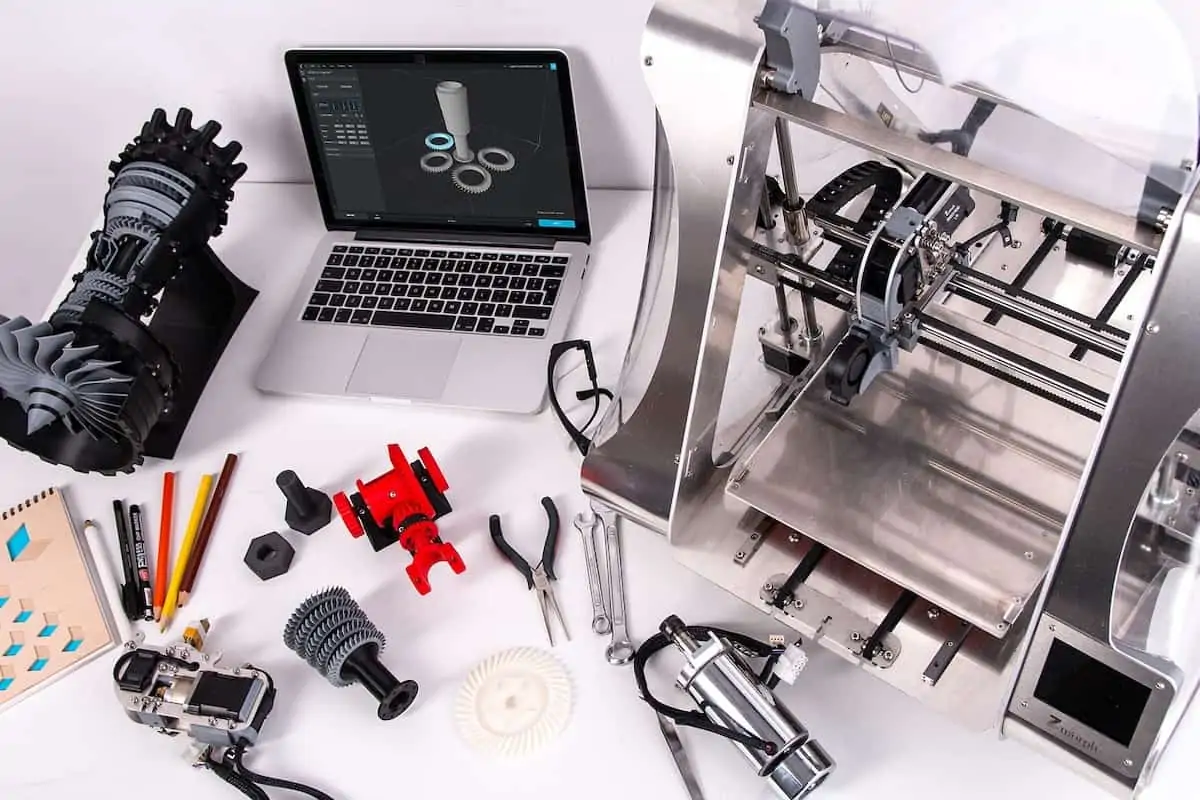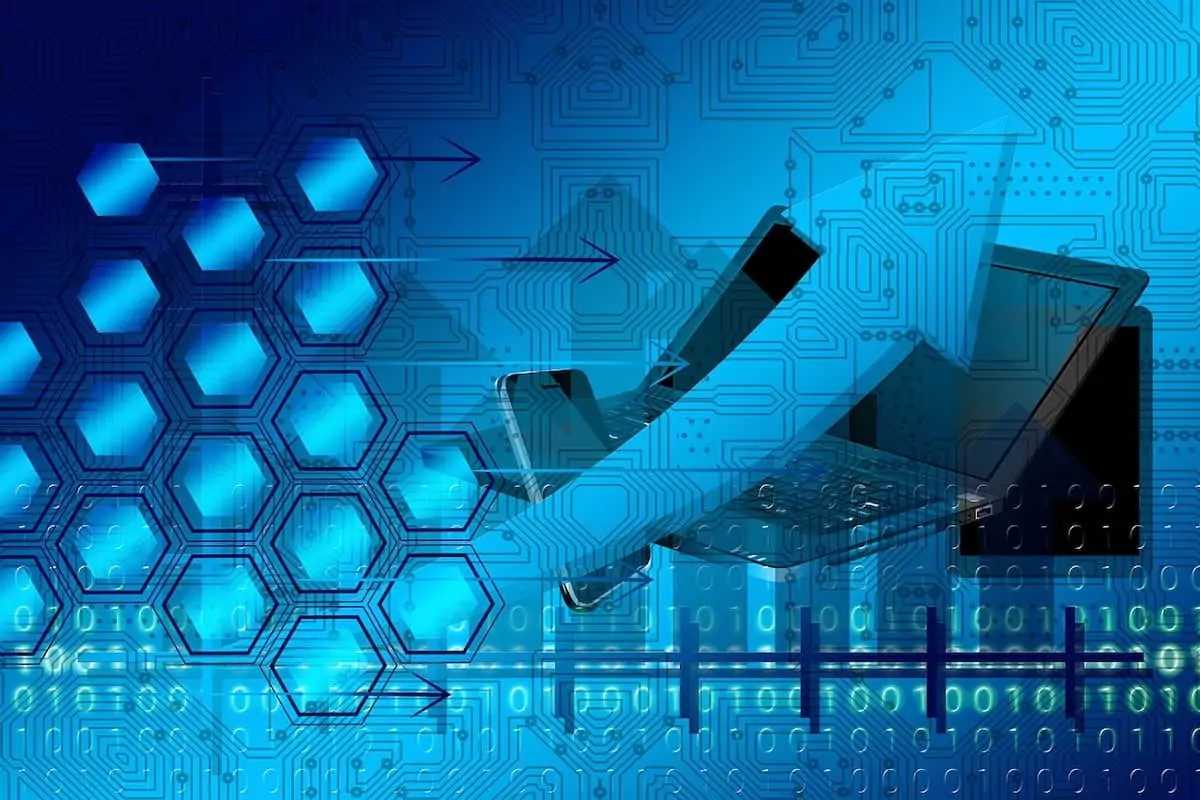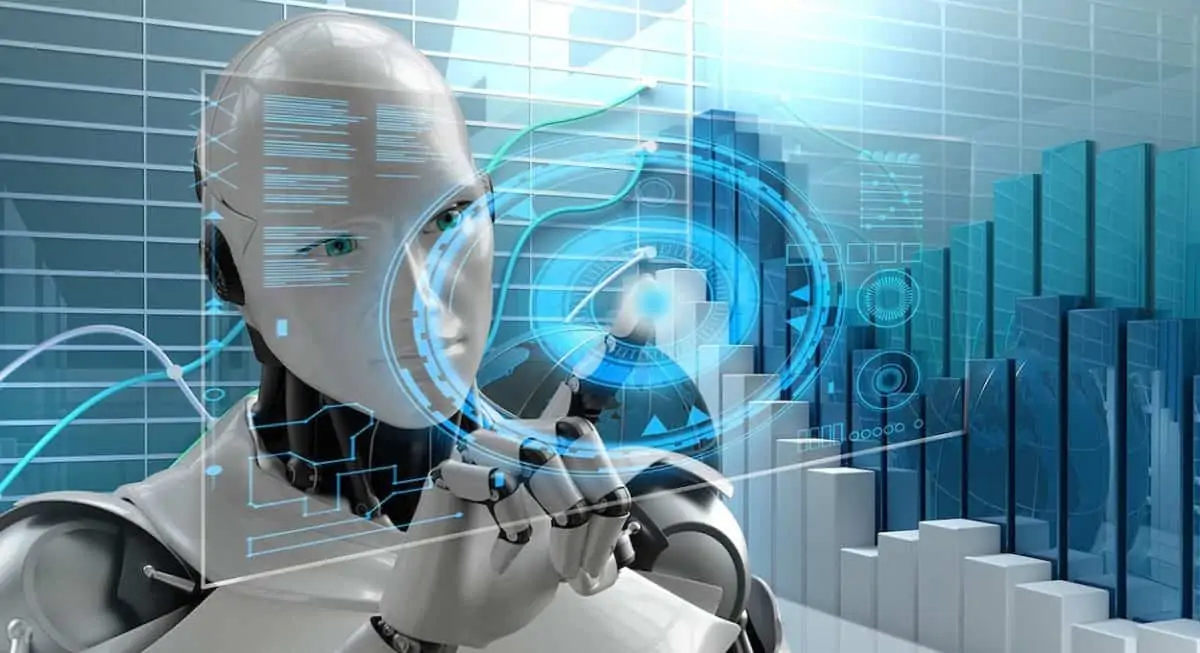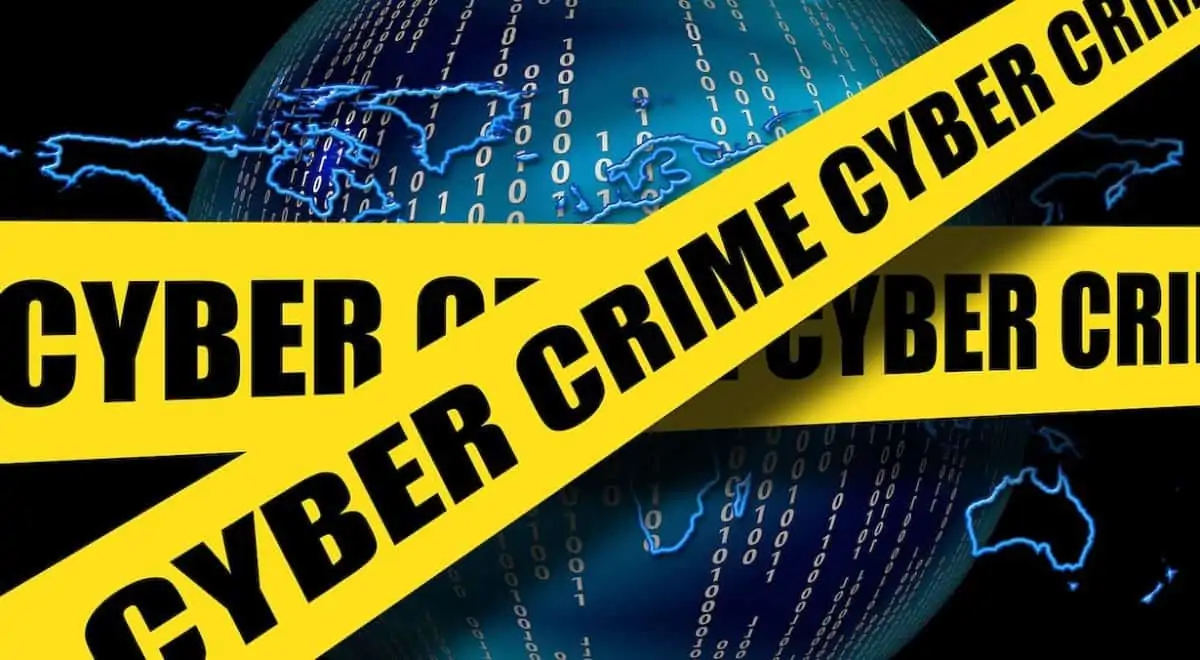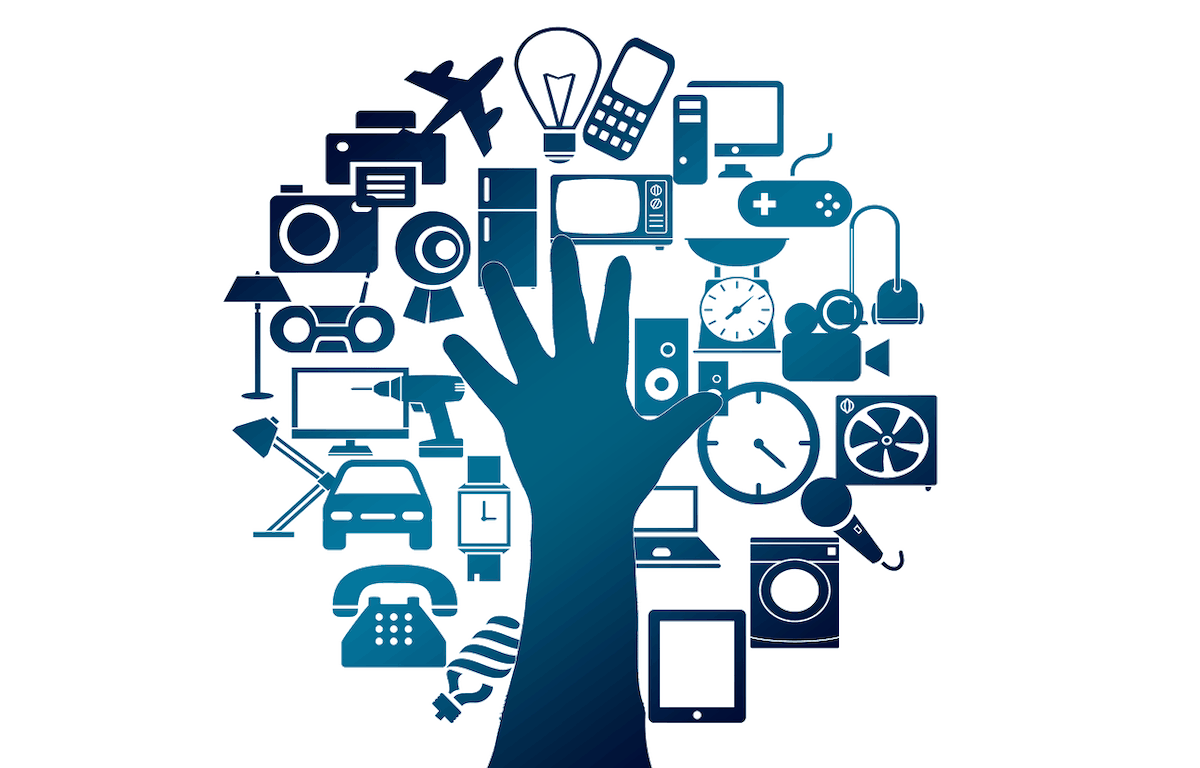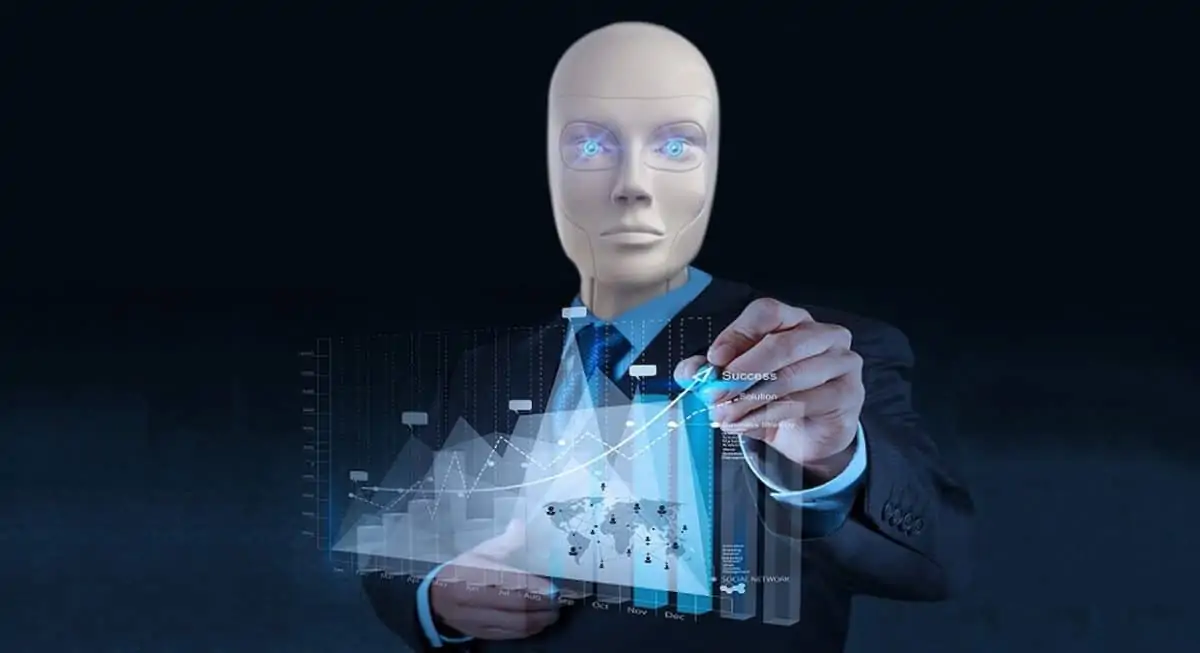The Supply Chain function within your company has many responsibilities. From planning to negotiating to buying, from moving goods to processing goods, and from managing data to managing inventory. These responsibilities are at the core of making your company run. But is Supply Chain a Cost Centre or a Value Creator?
Yet often the Supply Chain is undervalued. While every function must help your company grow and prosper when the heat is on uninformed Executives can view Supply Chain as merely a Cost Centre. As such there can be unrelenting pressure to continue to cut costs.
Why is Supply Chain often undervalued? And how do you increase the value of Supply Chain in the eyes of your Executives and other functions?
Continue reading “Is Your Supply Chain A Cost Centre or a Value Creator?”


 EBOOKS HERE
EBOOKS HERE